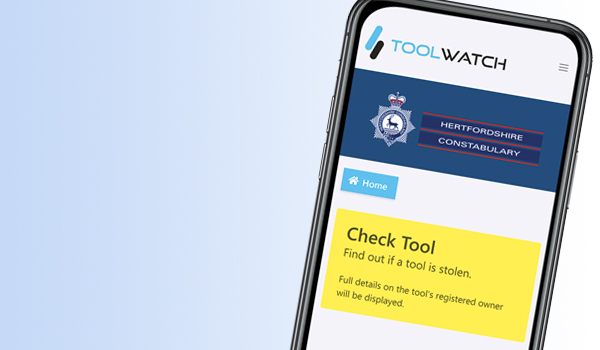Gloucestershire takes command of GIS for operational support
Geographical information system (GIS) mapping software was used by Gloucestershire Constabulary throughout the flooding and water shortages recently experienced in the county.

Geographical information system (GIS) mapping software was used by Gloucestershire Constabulary throughout the flooding and water shortages recently experienced in the county.
The emergency response, codenamed Operation Outlook, involved multiple agencies, such as the Military, Coast Guard, Severn Trent Water and The Environment Agency.
There was a large demand for both digital mapping and paper maps, said Nick Boon, GIS manager at Gloucestershire Constabulary.
The digital mapping was initially handled through AtlasOps, and the paper maps through Cadcorp Map Modeller and MapInfo Professional. These allowed the various formats of data required to be overlaid on top of the Ordnance Survey base maps.
Mr Boon added: This data ranged from excel spreadsheets containing bowser locations, RAF aerial images and Environment Agency flood extents. Maps were produced for the military and Severn Trent for locating water bowsers around the county.
Postcode areas and water supply areas were queried within MapInfo so that members of the public could be informed of the drinking water disruptions.
One of the first IT systems used in Silver Command was AtlasOps. AtlasOps is a real-time operation GIS, which enables the constabulary to manage resources and incidents via a mapping interface by multiple operators forcewide. Mr Boon said AtlasOps was predominantly used for the locations of the hundreds of water bowsers deployed around the county, but it was also used to display road closures.
This enabled operators in Silver Control to quickly and easily see where the resources [water bowsers] were and to view road closure information, he said.
Prior to Operation Outlook AtlasOps was used in Gloucestershire for contingency planning and during operations and events such the Royal International Air Tattoo and Cheltenham Races.
Mr Boon said AtlasOps has two main uses over other GIS applications. It gave us the ability to build complex contingency plans, using the mapping interface as a base. Intelligent information can be compiled into a plan, including operational orders, photographs, CAD drawings of buildings and event layouts, locations of interest with links to relevant information and gazetteers (OS Address Point and custom locations).
The plans can be exported as a show file which can be viewed without the need for AtlasOps, with future development plans to include different access rights for security.
AtlasOps also includes a RTO (Real Time Operations) server, which turns AtlasOps into an operation/event management tool, similar to a command and control system.
The RTO server is the hub of the system whereby AtlasOps clients connect in to it, said Mr Boon. They can then perform operations such as deploying of resources (police officers, vehicles, etc.) on to a map, which automatically updates the log with the movement information, each resource can have user-defined attributes, and contingency plans can be used as the template for an operation/ event.


